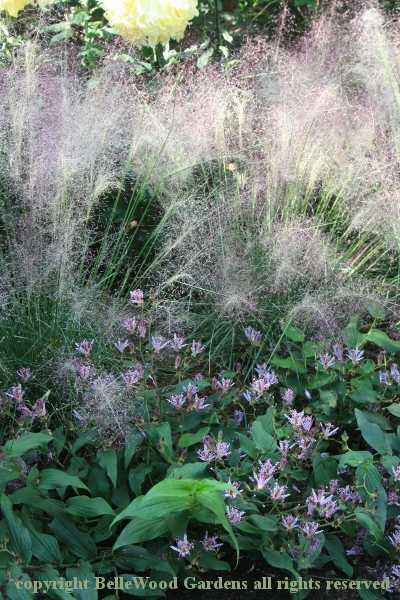
.
If you have any comments, observations, or questions about what you read here, remember you can always Contact Me
All content included on this site such as text, graphics and images is protected by U.S and international copyright law.
The compilation of all content on this site is the exclusive property of the site copyright holder.
Kiku at the New York Botanical Garden
Thursday, 6 October 2016
It's that time of year when chrysanthemums, potted plants festooned with flowers, are offered for sale just about everywhere shoppers might be enticed to purchase them: garden centers, of course, but also supermarkets and big box stores. They're treated like living bouquets - floriferous, inexpensive, and discarded when their flowers fade.

So what do you think of people spending up to 11 months - that's right, eleven months - tending chrysanthemums to fashion an incredible display. Only call them, please, kiku. That's how chrysanthemums are named in Japan, where the traditional festival takes place each November. And in addition to the simple little button or daisy flower form there are wonderfully lavish blooms:

an informal incurved flower

one that's bicolor

and a tousled mopheaded one.

Every plant in each display is uniform in height and shape with its counterparts.
Some background. Chrysanthemums have a photoperiodic cycle, responding to short days / long nights to trigger their blooming. At the New York Botanical Garden the plants are coaxed into performance a month earlier than they naturally would by giving them artificially longer nights. Pull the covers, I mean shade cloth, over the plants before sunset and leave them covered until after sunrise. That part is easy. Then there is the training.
The distinctive display in the Enid A. Haupt Conservatory features traditional styles and some innovative creations.

Yuki Kurashina is the New York Botanical Garden's kiku expert,
trained by kiku masters at Tokyo's Shinjuku Gyoen National Garden.

image courtesy of the New York Botanical Garden
There is the ozukuri thousand blossom style.
This is just one plant, with 200 flowers.

A look at the intricate scaffolding that supports each flower
(and a few extra in reserve in case a stem breaks.)

Something extraordinary - a display of huge platter-like flowers.
Tiny center and these elongating petals like a ballerina's skirt.

Or do you prefer the erupting volcano petals of
'Lava', a spider type chrysanthemum.
Bonsai, trees stunted and dwarfed, are intertwined with Japanese garden art. Chrysanthemums can be trained into bonsai form. There are bonsai , traditional woody plants and bonsai style chrysanthemums, also on display.

A maple grove, arising on a moss covered stone.

Look closely. Perception shrinks. Trees become forest.

Autumn brings a native grass, Muhlenbergia. And other flowers. Hototogisu, for the feathers on a cuckoo's breast, that we call toad lily. Unattractive name, it's nothing like a toad.

You can enjoy kiku without a trip to Japan. The exhibition will be on display at the New York Botanical Garden from Saturday, 8 October through Sunday, 30 October. Easy to reach by car or by Metro North train with a stop across the street from the botanical garden, you can preorder tickets here.
There are other autumn happening to enjoy while you are here.

There's everything pumpkin at the Everett Children's Adventure Garden (fun for grownups too.)

And some scarecrows, really scary ones.
Though these crows don't seem impressed.
There's always something beautiful, intriguing, fascinating, worth seeing
at the New York Botanical Garden.
Back to Top
Back to October 2016
Back to the main Diary Page